For those interested in the dynamics behind today's low savings and CD rate environment, the NY Times published a good article by and over the weekend examining the impact of a glut of cash on bank rates. Banks are swimming in cash. From the article:
"Droves of consumers and businesses unnerved by the lurching markets have been taking their money out of risky investments and socking it away in bank accounts, where it does little to stimulate the economy.
Though financial institutions are not yet turning away customers at the door, they are trying to discourage some depositors from parking that cash with them. With fewer attractive lending and investment options for that money, it is harder for the banks to turn it around for a healthy profit.
Others are finding more subtle ways to stem the flow. Besides paying next to nothing on consumer checking accounts and certificates of deposit, some giants — like JPMorgan Chase, U.S. Bancorp and Wells Fargo — are passing along part of the cost of federal deposit insurance to some of their small-business customers."
The article interviewed Don Sturm, the owner of two banks based inn Colorado. Sturm said he has record deposits and nothing to do with the money. He is lending less to businesses and has scaled back loans to real estate and ski resorts. The article also discussed how Hyde Park Savings Bank located outside of Boston has lowered rates in an attempt to shed depositors.
Out of curiosity, I decided to check out both banks.
- American National Bank's savings and CD rates are below the national average. For instance, the national average on a 12-month CD is 0.60% while American National is paying 0.20%. It's 3-year CD is paying .40% versus the national average of 1.14%. From a financial perspective, the bank has elected to shrink, with its assets dropping from $2 billion in 2007 to $1.7 billion in 2011. Overall, with a Texas Ratio of 17.36%, the bank looks to be in good financial shape so the reduction in size appears voluntary. The decision to shrink in size is most likely due to its particular business or local economic conditions.
- Hyde Park Savings Bank is more average. It's CD rates are on par with the national averages - 12 month CD of .65% versus national average of .60%. But like American National, Hyde Park shows a decline in assets and deposits over the past five years. The bank is also shrinking itself.
Management of these banks has decided to shrink in response to tough economic and lending conditions. But that's not true of all banks. Some banks are expanding and growing and have a greater need for deposit dollars. These are the banks you want to find if you are looking for the best rate. For example, in the Hyde Park area, there are several banks offering more competitive rates. Peoples Federal Savings Bank pays 0.80% for a 12 month CD, while Oneunited Bank pays 0.75%. It's not much higher but it's still more for the same exact product.
Every week, I feature banks that are cash hungry and willing to put a little extra yield behind their offer. They exist and should be recognized. And, as I discovered, banks paying higher rates are often more financially stable than their lower rate peers.
In addition, not all regions of the country are created equal. An analysis I did shows that bank demand for cash varies by region. Rates in some parts of the country can be more than double rates in other regions. In general, it seems to correlate with the regional economy.
So yes, banks are awash in cash and lowering rates. The news is grim. But there are two bright spots.
1. You can quickly shop around and find banks looking for your cash and willing to pay you more.
2. Eventually overall rates will go up. Nothing stays high or low forever.


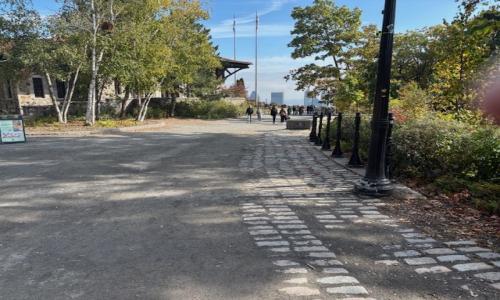


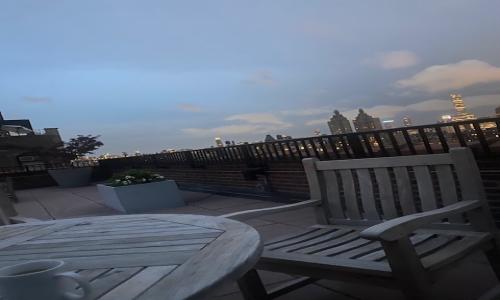
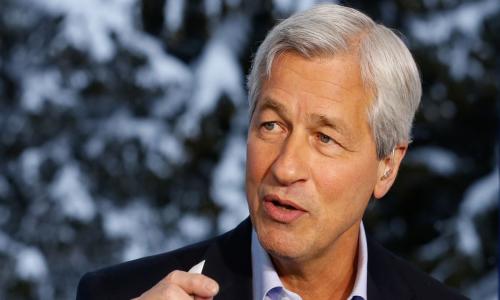
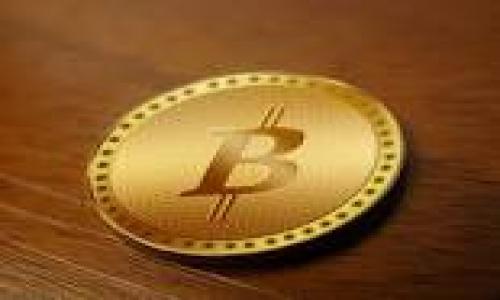



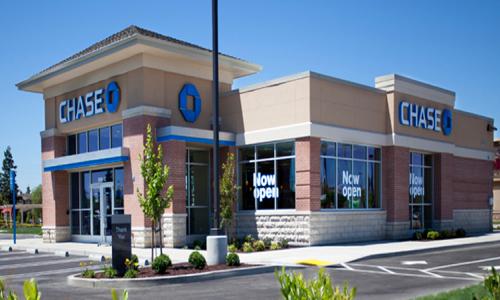
Add your Comment
use your Google account
or use your BestCashCow account